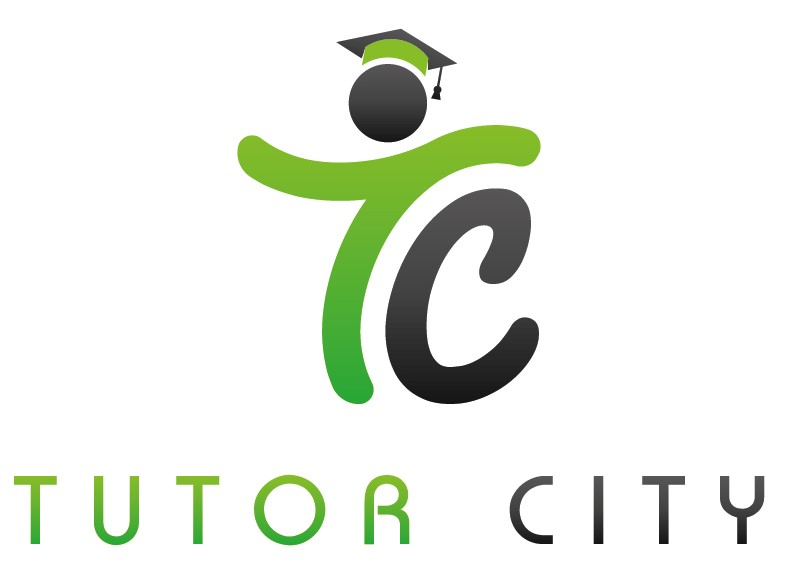
- Published by: Tutor City
- February 26, 2021
- Education
Top tips on how to score a 7 for IB Economics IA
The internal assessment makes up 20% of your final score in IB Economics. 20% is an enormous part of the total mark so it is essential to do well when it comes to IA.
With that being said, many students struggle to find a topic for their IB Economics IA and they also struggle with choosing a source, structuring, and in general writing the assignment to get the coveted score of seven in the subject. If you want to know how you can score 7 in IB Economics IA, then keep reading.
How to choose the topic for IB Economics IA.
Students who study to become IB economists need to write commentaries that are based on the three different areas of the syllabus.
The first area they need to focus on is microeconomics, the second area of focus is macroeconomics, and finally, they need to write a commentary about either development economics or international trade.
Naturally, you want to choose the best topics, and those topics tend to be the ones that are based on a clear economic theory.
However, at the same time, the topic must have a scope for detailed and relevant evaluation. Subsidies and taxes are just a couple of examples of perfect topics that you can discuss because both of them contain clear diagrams in the syllabus. Both of these topics are also very closely related to externalities.
Now, many students tend to think that if they write about an obscure economic theory that will be impressive and they will get higher marks, however, that is not the case most of the time, you are just making matters unnecessarily difficult for yourself.
You are free to come up with a topic for your own assignment however if you are stuck here are just some of the phenomena you can talk about in your assignment.
When it comes to microeconomic topics you can write about price controls, monopoly power, externalities, the aforementioned subsidies, and taxes.
As for the macroeconomic topics, you can choose from unemployment, fiscal policy, interest rates, etc.
If you choose to write about international trade you can discuss exchange rates, quotas, tariffs, or again subsidies. However, if you decide to go the other way and talk about development economics you can write about intervention strategies, trading strategies, or market-based strategies.
How to choose the article.
Unfortunately, many students are prevented from getting a high score in their internal assessment by an inadequate article they chose.
In order to avoid making the same mistake follow the pieces of advice given below.
Firstly, it is essential to ensure that the article comes from a reputable source. Stay on the safe side and go for the popular news agencies such as The Guardian, CNN, or BBC news.
These agencies have dozens of fact-checkers working for them and the information they publish tends to be much more trustworthy than the information from some obscure source. In addition, try to avoid sources that are focused exclusively on economics such as The Wall Street Journal or The Economist. Reason being that these sources tend to contain full economic analyses so there might not be any room for you to add some new ideas. And without any new ideas, you will not get a high score.
In order to find your perfect article in Google, type in the name of your topic adding the name of the reputable source of your choice. Also, it is very important to remember that you absolutely cannot use an article which was published more than a year ago so pay attention to the date and make sure that your article was published within the last 12 months. When choosing go for the one that examines the proposed or existing policy.
Your content will be much more interesting if you demonstrate the ability to evaluate and analyze the potential consequences of a given policy. If you simply comment on the demerits of facing such a policy it might not be as interesting? So in short, look for the article which was published in the last 12 months by a reputable news source that contains information about a certain policy but does not go into too much detail or does not provide economic analysis. If you manage to do that you are on the right track.
How to structure the IB Economics IA.
So now that you have chosen a topic and made sure that your source is trustworthy you need to think about effective structuring.
In general internal assessments which get high scores contain the following five sections.
The first one is, of course, an introduction which is approximately 75 words. Your introduction to the essay should contain an outline of the source article in two or three short sentences. You should also provide definitions for a few key terms that you will be using in your writing. However, be careful! Some students turn their introduction into an extensive list of definitions. When I say 'just a few key terms' it is precisely what I mean.
Identify the underlying problem.
This section should take up approximately 100 words. For example, if you are talking about the government imposing a tax on certain products you can talk about the market failure caused by those products. In order to make your explanation even more clear, you might even draw a diagram that will demonstrate how the product causes market failure.
Next, you have to talk about what the proposed policy is and what is the intended effect of that policy. This is s a section of your essay that should take up approximately 200 to 250 words. In this section, you will go into detail and talk about the shift your tax policy will cause.
When in the previous section you had to talk about the intended effects of a policy in this penultimate section you will have to discuss some unintended effects of the said policy. This is the section in which you have to show how good you are at analyzing the topic and you must do that in at least 250 to 300 words. The in-depth evaluation is crucial for getting a high IA score.
Last but not least, you have a conclusion that takes up 75 words. In this section, you must summarize the main ideas of your essay in two or three sentences. Meaning you will have to mention the reason why the policy was implemented, what was the intended effect of this policy, and sum up how you evaluated the given situation.
Remember that you should not bring up any more ideas in this final section since you will not be able to thoroughly explain them. The conclusion is just for summing up the ideas you have already explained in detail in the body paragraphs.
The importance of diagrams.
IB Economics does not exist without diagrams and the internal assessment is no different. Every diagram you insert needs to be clearly and correctly labeled and large enough to see distinctly.
However, even if your diagrams are accurate they will not be of much use to you if you do not explain those using words. If you do not do that it means that you do not understand what your diagram is showing so there was no point in drawing it at all.
All diagrams require full explanation so do not forget to connect them to your analysis. If you want to boost your score even more (And why wouldn’t you) you can add several relevant figures from your article to your diagram.
Things to include in your evaluation.
The evaluation section of your IB Economics IA is the most important section of them all and it is important to know what you should include in it. In order to make it easier for yourself memorize the acronym CLASPP. This acronym will be your evaluation guide.
C stands for the conclusion, (we have already spoken about what a good conclusion paragraph should include). Then comes the long-term versus short-term (whether the policy will become more effective or less effective as time passes). A stands for assumptions. What is suggested by the economic theory? How do the suggestions affect the proposal?
S stands for stakeholders. This means how are all of the producers, consumers, or the government affected by the policy; who wins and who does not? And then we have priorities and lastly pros and cons.
You should say what should be the main economic priorities of policymakers. And lastly what are the advantages and disadvantages of the policy discussed in the article. Alternatively, there are centres or agencies that offer good economics tuition in Singapore for IB students.
These are the top tips that will help you get a high score in your IB Economics IA. All the best!
Other useful posts:
Get a qualified IB home tutor to help you score for your IA
5 awesome tips on how to score an A for Economics
Ultimate guide to Economics tuition in Singapore - 32 listings!






